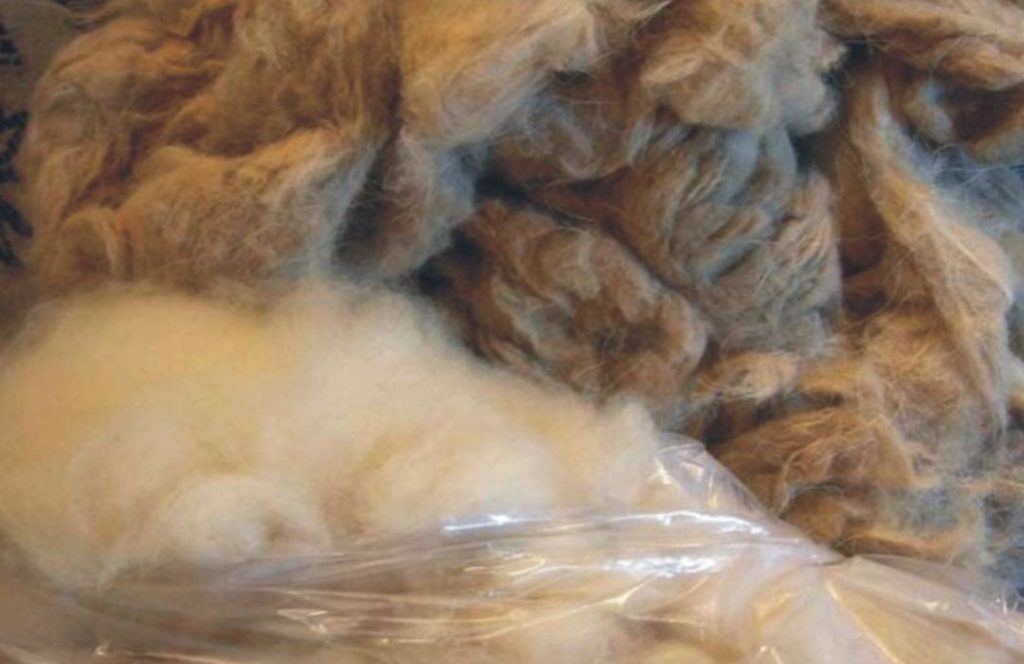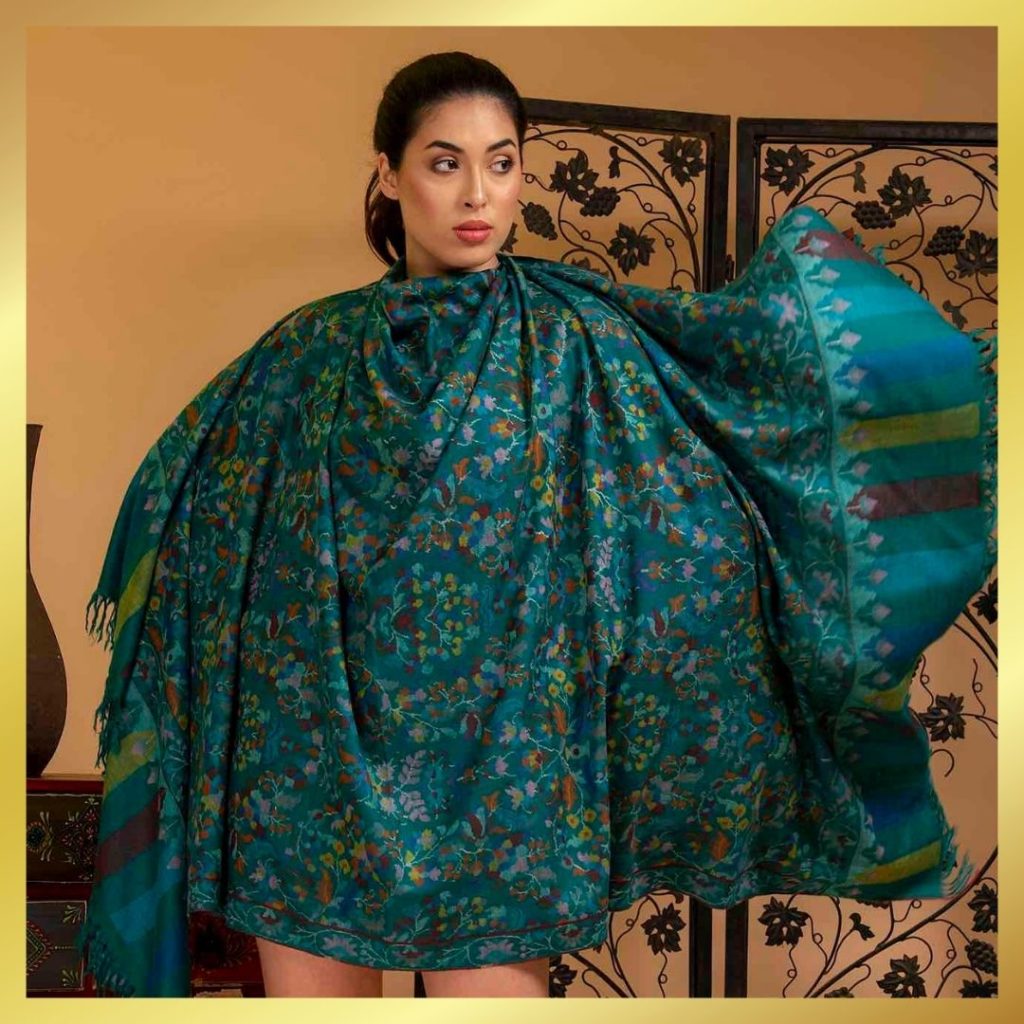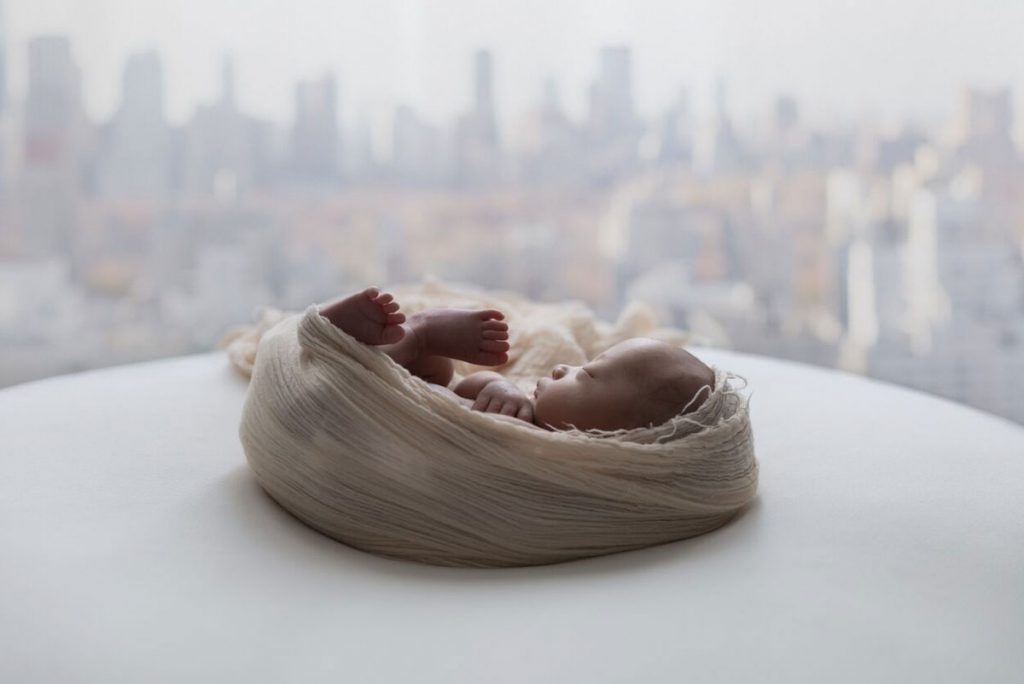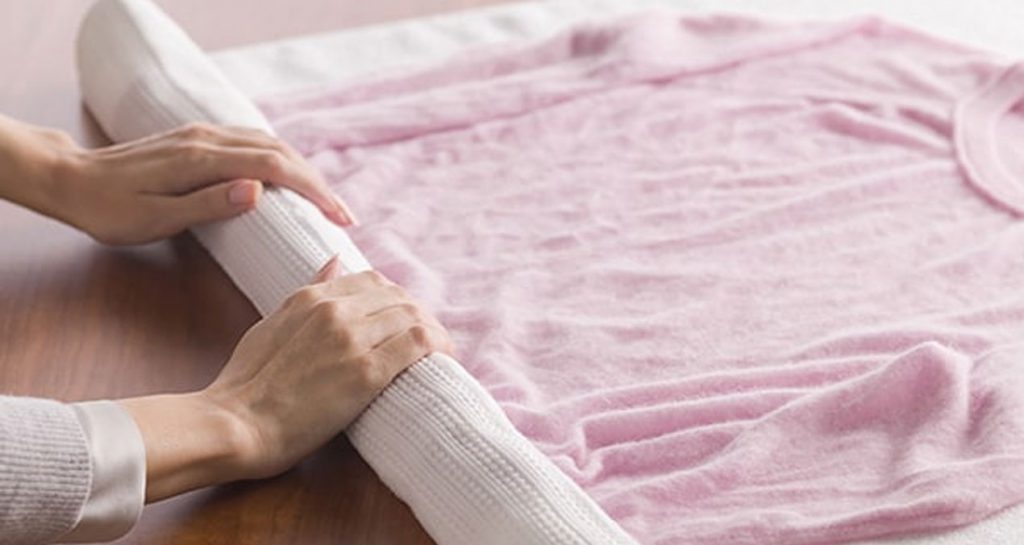Luscious, luxurious, and exceptionally soft, Cashmere is one of those fabrics which one wants to feel more than wear. But many of us did not yet get a chance of doing so. So we take you on the journey of how Cashmere feels, how is it made, and where does it come from.
Where does cashmere come from?
The soft, fine, and luxurious fibre of Cashmere come from a certain species of prized goats. These goats are found in Northern India in a region called Ladakh, where the rare and exotic Changthangi goat lives. It is this goat that grows luxury fine fleece over its body, which is later processed to become Cashmere sweaters, shawls, wraps, scarves, mufflers, socks and other accessories.
Cashmere is processed in Kashmir, and this is the place where Europeans saw it first. From Kashmir, large exports of Cashmere products took place in the 18th to 19th centuries.
Also read: The Kashmiri shawl: Early History and Literature
How is this fine wool processed?
Cashmere is combed by specialized tools in the springtime, which is the moulting season for the goats. It is the time when the goat is naturally losing its undercoat. This is raw Cashmere, and it comes from the goat’s belly, the underside of the throat, and behind the ears. Wool is collected in small pouches and it is later cleaned thoroughly to separate guard hair and other dirt attached to it.

To meet the high-quality standards that Cashmere is world-famous for, the diameter of the spun yarn has to be 12-16 microns only (a human hair has an average diameter of 50 microns). This wondrous fibre even has the insulating capability, which makes the finished product three times more insulating than sheep wool.
Production of Cashmere
The 90% of cashmere of the world is found in China, Mongolia, and Nepal. Only 10% comes from India and others Asian countries. The finest Cashmere is obtained from the Capra haircuts species of goats found in the Ladakh region of Kashmir, India. We, at Pashmina.com, bring you our collection of luxury Pashminas from this finest Cashmere. The annual yield from one Changthangi goat is roughly 150 grams. This makes the wool quite rare. For a large-sized women’s shawl, (200*100 cms), fleece from at least 3 to 4 goats is required. The same is required for a thin full-sized Cashmere cardigan. A goat that has the capacity to yield higher amounts might be chosen to prepare large sweaters, and if the quality has to be the best, then the goat’s underbelly fibre is chosen.
Perhaps now we know that the high prices of Cashmere are very well deserved. Be it the labour-intensive process of acquiring and processing the raw fiber, the low yield per goat, or the exceptional softness and warmth of the final product, Cashmere is indeed the king of fibres.
Why should we invest in it?
There are so many reasons why we should own at least one Cashmere product in our lifetime. While women might be indifferent to it because of its price, or dubious about its quality, there are plenty of them who are just curious. So we give them some good reasons to buy Cashmere today.

It is warmer than wool
Why invest in a thick woolen scarf or sweater, when you can be more comfortable with a lightweight, fine Cashmere one. Yes, Cashmere is eight times warmer than sheep wool, and lighter in weight too. This makes it the first preference while shopping for winter.
It is breathable
Despite being one of the warmest products in the world, Cashmere is quite breathable. One would never feel too hot in a Cashmere product, as it has great insulating properties.
Is Cashmere Itchy?
This question surprised us too. When one of our customers asked us “Is Cashmere itchy?”, we were startled, because there is nothing as soft and smooth as Cashmere. As compared to sheep wool, Cashmere is far less itchy.
However, Cashmere is a natural fibre, and some of you can be allergic or sensitive to it. If it is so, you can cover it underneath with cotton or silk layering.
What does it feel like?

Cashmere has a heavenly feel. It has an exceptional softness and it is lightweight and downy. It gives a person that kind of experience which he/she probably hasn't felt before. Once you wear it, you will forget about all the luxuries the world has.
Also read: Why Pashminas? | 10 Reasons to have a Pashmina
How to Care for Cashmere?
A Cashmere wrap has to be cared about like a baby. From the way you wear it to its washing, drying, and storing, everything is to be done with proper precaution and care.
As far as washing is concerned it is better to wash this luxury fabric with hands. Simply fill a tub with lukewarm water and a Cashmere shampoo. If you're short of the same, a mild baby shampoo too will work. Soak the product in for 30 seconds and then rinse with cold water. Do not wring

Drying Cashmere has to be natural. Just put your sweater/ wrap over a dry towel and roll the towel to absorb the water from it. Replace this wet towel with a new dry one, and let the gentle fabric air dry naturally
Storing your valued wrap or scarf again has to be a responsible process. The place where you store your precious piece has to be clean, dry, and disinfected. Do not store it in plastic as plastic helps grow moisture. Instead wrap it in large tissue papers, to keep it dry and safe.
Can a Cashmere Wrap Stretch?
Yes, these wraps can stretch and get disfigured. This is the reason why it should not be wrung after washing. Also, a Cashmere wrap should not be hung from a hanger, as it has more drape than bounce. As such, it does not return to its original form. Instead, it should be stored in a drawer in a folded position, or else hanging will pull it down due to gravity and it will get deformed forever.
If your Cashmere has stretched for some reason, wash it in lukewarm water, reshape it, and dry it flat. There is a possibility that it might regain its original shape.
Concluding, we can say
That is it about the feel and experience that a Cashmere gives you. It comes from the mighty Himalayan ranges to your wardrobes, after treading a painstaking path. Exactly from its procurement to its finish, your luxury product passes through the hands of a hundred craftsmen, who put in their heart and soul into detailing it. It is their love and care that makes it extra special, and worthy of every effort spent to have it.
Also read: How to Care for your Pashmina? | Essential Tips to keep Pashmina new forever